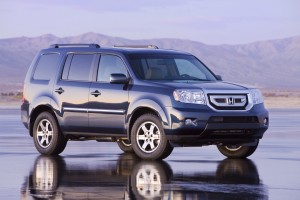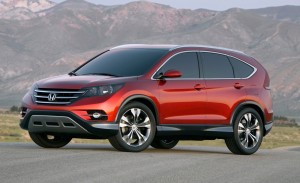A student teacher observed Mr. Law’s classroom, and told him afterwards, “You can tell the kids really like being in your classroom.” Wilkie Law responded, “I think the paramount thing in the classroom is building relationships because you can teach a kid anything. But whether or not they retain it depends on their relationship with you because the relationship gauges the importance of what you’re teaching them.” Wilkie lives by this belief and spends the first two weeks of school finding out nicknames, what the students do at home, whether or not they like sports, who likes to debate. Watch Mr. Law and his students in his sixth-grade mathematics classroom and see how he builds relationships with his students.
Wilkie has been at Stehlik Intermediate School in Aldine ISD for 7 years and worked his way up the ranks. He began as a paraprofessional at the Nimitz 9th grade center, and his principal at the time encouraged him to get his teacher’s certification because Wilkie had such a good rapport with the students. He then got certified in special education and worked as an inclusion teacher for over a year, after which he was offered to teach in his own classroom as a full-time mathematics teacher. Wilkie jumped at the opportunity, and a couple years later, he also became the G/T teacher.
Mr. Law attended the RUSMP Summer Campus Program (SCP) during the summers of 2013 and 2014. When I asked him about the impact that RUSMP had on his teaching, he responded, “I know without a shadow of a doubt it has made me a better teacher. The stats speak for themselves. When I look at my students’ performance, I see that I’m a much more effective teacher.” Listen to Wilkie discuss the impact of RUSMP and the “thread” he was given at RUSMP that tied everything together so that now he feels like he can be a leader on his campus.
When you talk to Wilkie Law, it is apparent that he is a natural leader, and that both students and adults are drawn to and inspired by him. One of the things he likes to chant at school is “TGIM” (Thank God It’s Monday!) instead of “TGIF.” After the first year of attending the RUSMP SCP, he was asked to be the sixth-grade team leader. Recently, he was asked to present sessions at the new teacher induction for his district. Listen to Mr. Law as he reflects about his new leadership roles.
Mr. Law’s decision to teach sixth grade was based on his personal experiences when he was in school. Listen to him share his poignant story about why he dropped out of school during sixth grade, and then came back to succeed during his second year of 6th grade, and how that experience shaped the type of teacher he is today.
After visiting his classroom, one phrase in my mind is “TGIW!” Thank goodness it’s Wilkie! Thank you, Wilkie for sharing your knowledge, enthusiasm, and understanding with not only your students, but also your colleagues.




